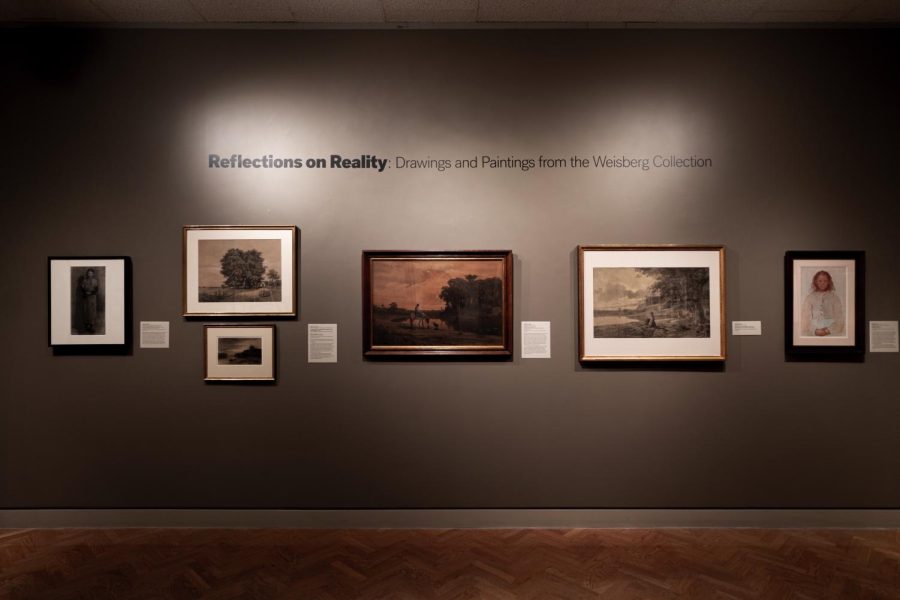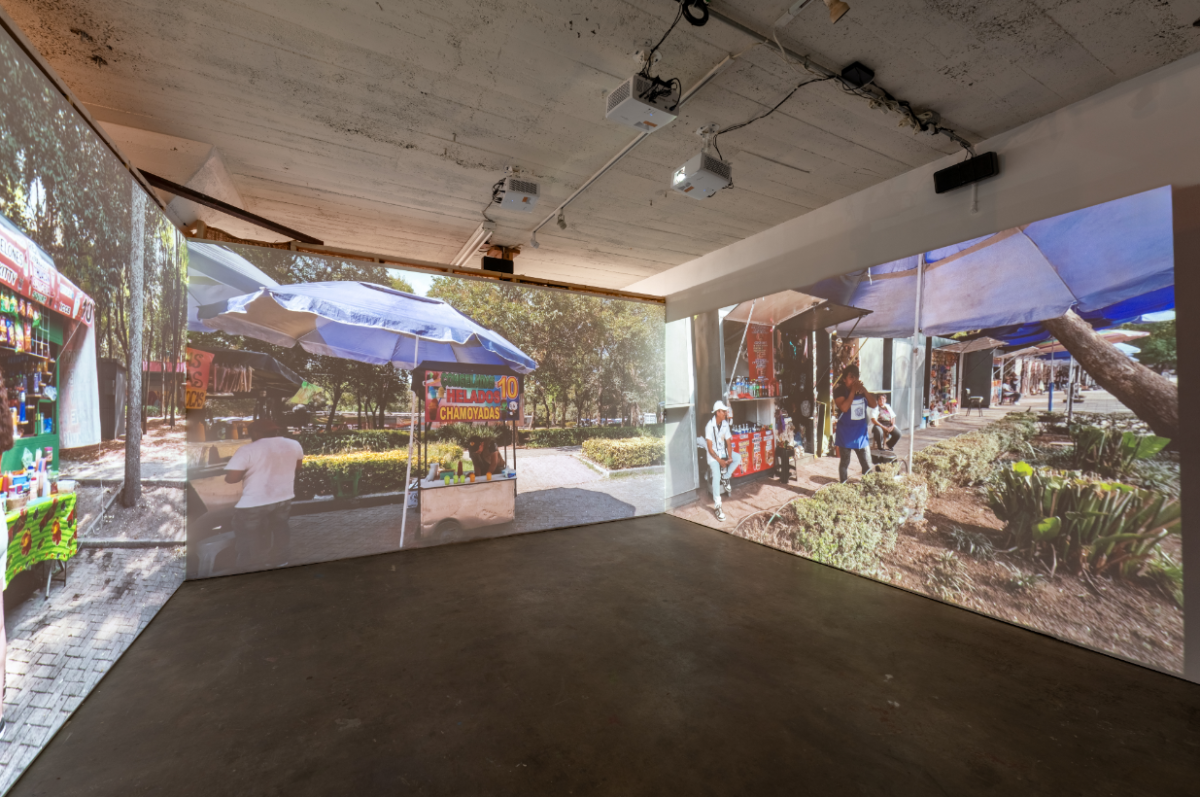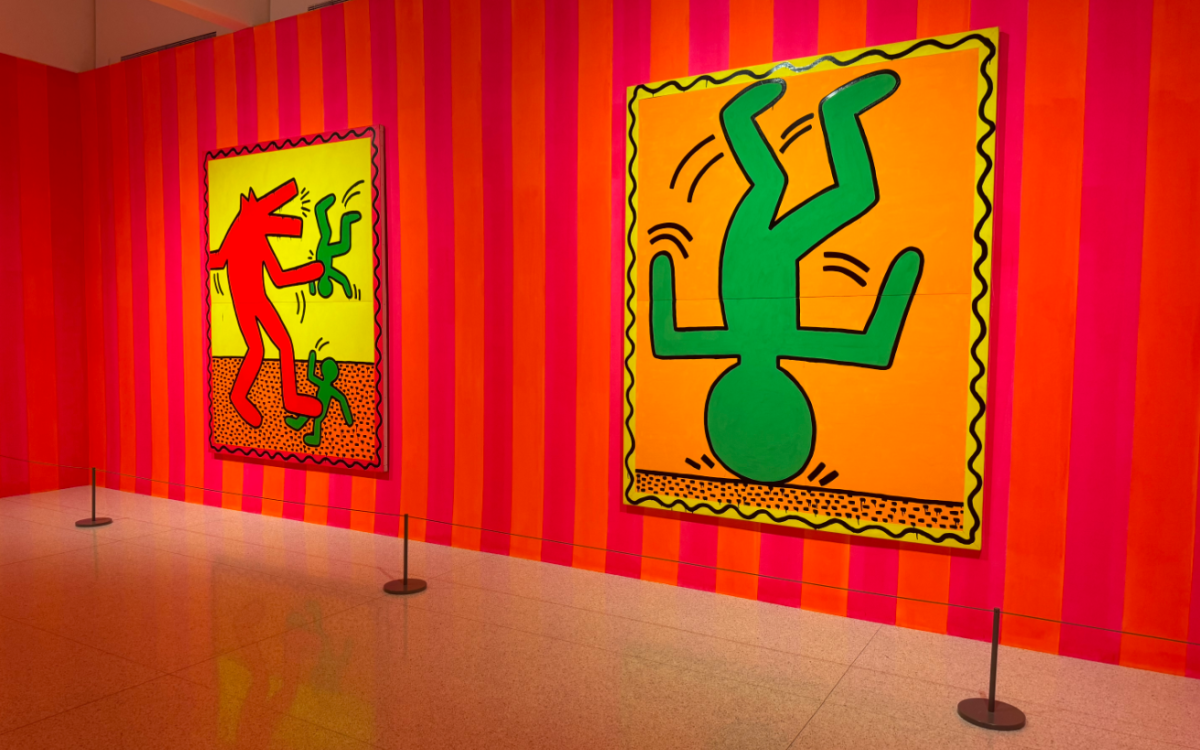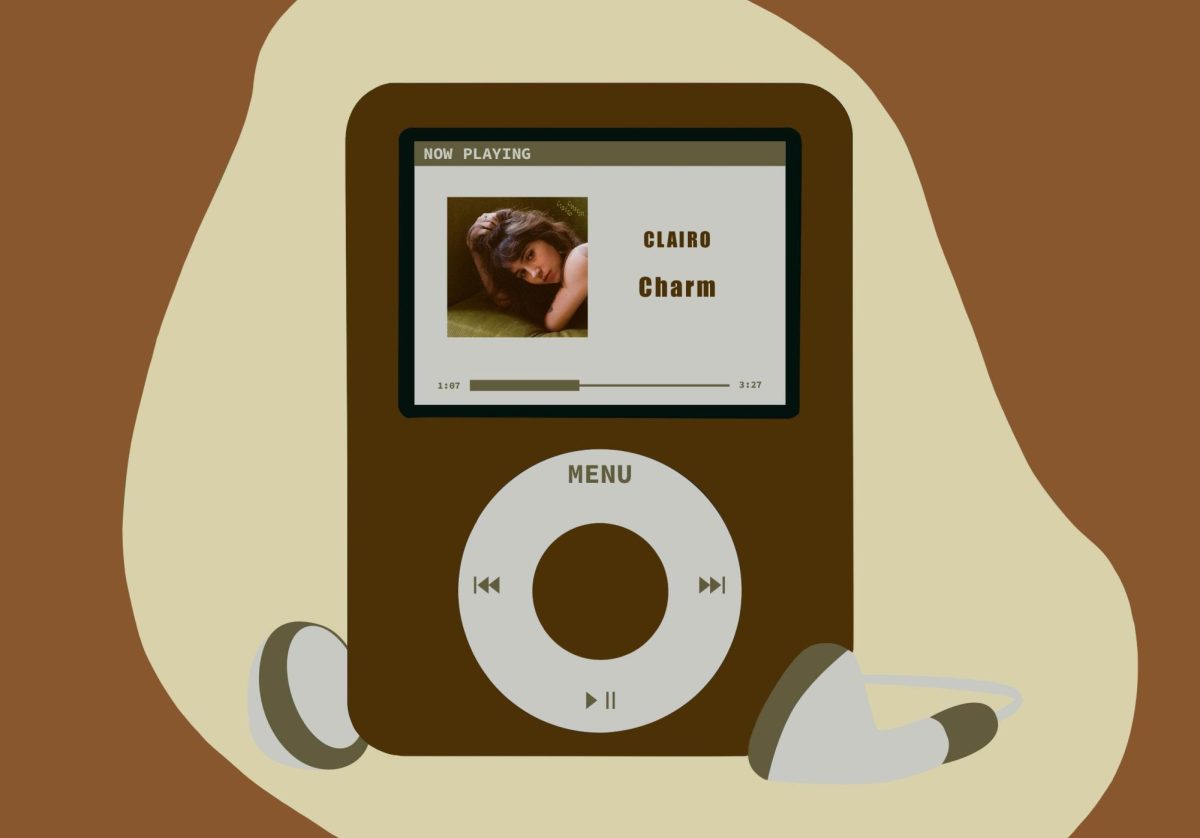“Reflections on Reality: Drawings and Paintings from the Weisberg Collection,” currently on display at the Minneapolis Institute of Art (MIA), displays University of Minnesota professor Gabriel Weisberg’s personal collection, gathered from years of experience in the art world. The exhibition is available until December 2023.
From his time as an educator at the University to a stint at the Van Gogh Museum in Amsterdam, Weisberg has dedicated much of his life to the preservation of art history and objects. With decades of experience under his belt and a hefty donation to MIA in the works, Weisberg is ready to spread his art collection wisdom.
Weisberg began his venture into the art world as an artist before becoming an art history major in college. That’s when Weisberg decided he wanted to begin collecting works that meant something to himself and to his wife, Yvonne Weisberg.
Over the next half century, the two began to pick up pieces that tickled their fancy for 19th-century European art, particularly Realist and Naturalist works by French and Belgian artists.
“Most academics keep it in the classroom, write a textbook and head to sleep — we didn’t do it that way,” Weisberg said about the atypically large size and depth of their collection.
The Weisbergs’ 200-piece collection was forged through a passion and deep appreciation for the artwork, which motivated them to donate the entirety of their collection to MIA.
Weisberg said he and his wife noticed the museum was lacking in its collection of 19th century drawings, so they began to build their own collection more aggressively in recent years to resolve the issue.
“We have no heirs. A lot of people think we’re nuts,” Weisberg said regarding the decision to gift the collection. “But we want to do it this way.”
According to Tom Rassieur, curator of European prints and drawings at MIA, the addition of the Weisbergs’ collection will increase the museum’s assortment of French and Belgian 19th and 20th century drawings by about a third. Rassieur said the couple has “played a pivotal role” in recovering works from artists who would be otherwise forgotten.
“In a time when we are inundated by flashy images, these quiet objects invite us to pause and consider the lives of those depicted and to think about the skill and intentions of the artists who drew them,” Rassieur said of the often somber drawings, which depict the lives of ordinary people.
Weisberg’s advice for aspiring art collectors
“If someone is looking to acquire a collection, it’s not going to happen in ten minutes,” Weisberg said. “It’s going to take patience, looking and visits to different locations and museums.”
Cultivating a relationship with art is an important part of the process; it can happen through both appreciating the work itself or connecting with its dealer.
Weisberg described numerous occasions over the years when he was able to gain more information on an artist or form a connection with an artist’s family through the help of art dealers he met along the way.
“They respond to somebody who shows a sensitivity to a work of art,” Weisberg said.
The financial aspect of art collecting or simply purchasing a piece of art can be intimidating — but it doesn’t have to be.
“A piece of art will not and should not be deemed better than another simply because it costs more money,” Weisberg said. According to Weisberg, if you spend enough time studying works, you’ll realize the amount of money a piece may be worth is not the end-all-be-all indicator of its quality.
“We weren’t millionaires,” Weisberg said. “It takes money, but you can do it reasonably.”
Most importantly though, to acquire an art collection also calls for the willingness and ability to educate oneself on art itself.
“A student should train his or herself to constantly look at art, whether you find it in galleries, in museums or in studios of artists. Do not be afraid to ask questions either of the artist or of the dealer. Visit museums where you can gain a great appreciation,” Weisberg said.
Weisberg’s best piece of advice for aspiring art collectors? “Look and you will find.”























